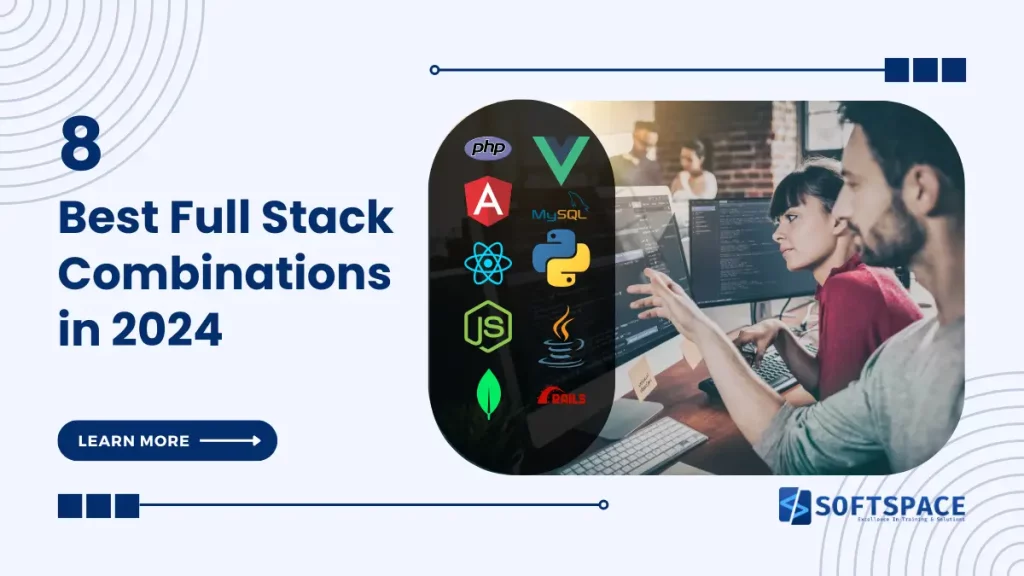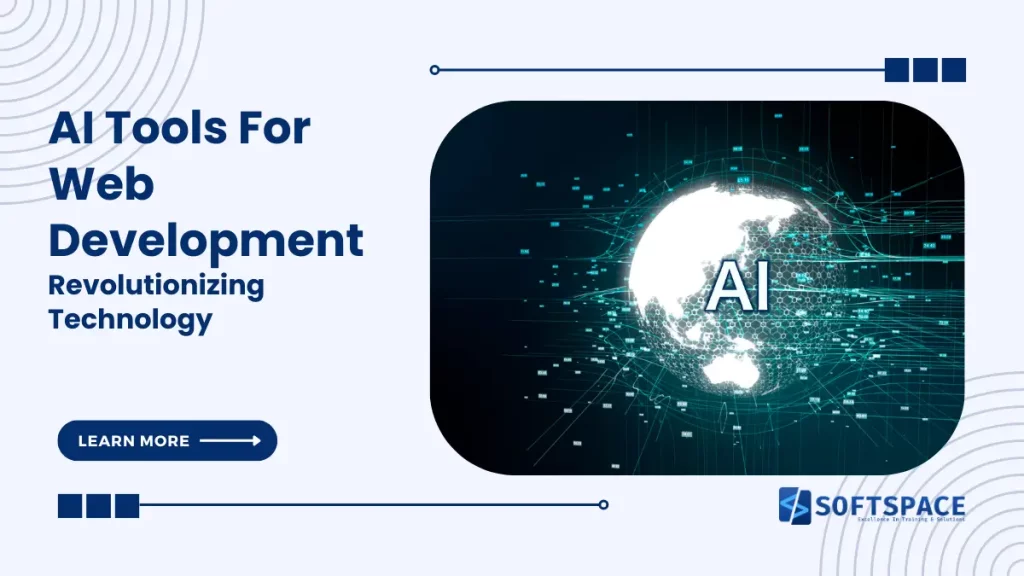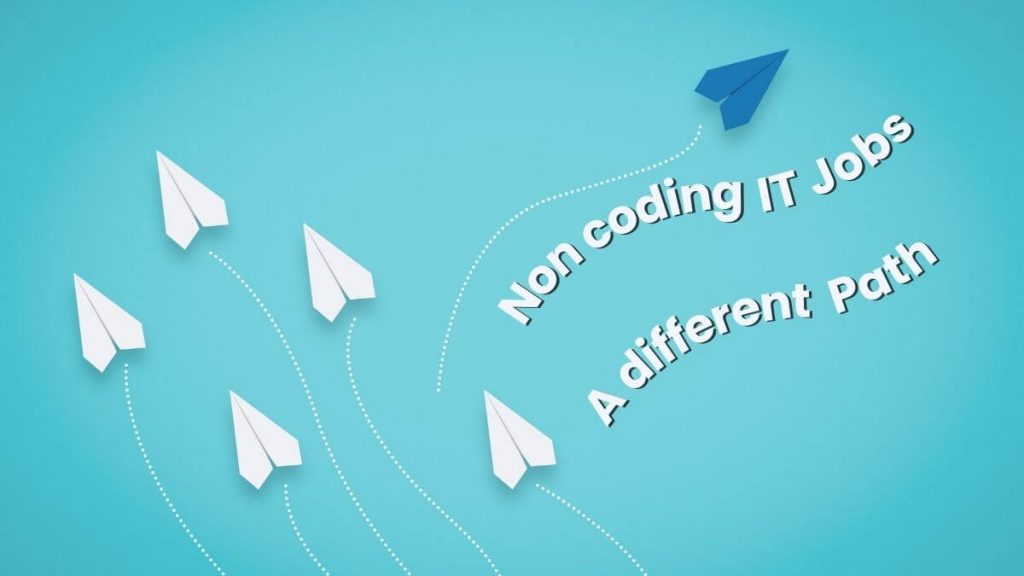Are you ready to take your career to new heights in 2024? In the ever-evolving world of technology, it’s essential to stay ahead of the game and master the winning full stack combinations. These powerful and the best full stack combinations will not only boost your skills but also open doors to unstoppable success.
Whether you’re a seasoned developer or just starting out, this article will guide you through the best full stack combinations to focus on in 2024. From front-end tools like React and Angular to back-end frameworks like Node.js and Django, we’ll explore the key technologies that will shape the future of web and application development.
By investing time and effort in mastering these full stack combinations, you’ll equip yourself with the versatility and expertise needed to excel in the competitive tech industry. Stay tuned as we uncover the secrets to becoming an unstoppable force in the digital world. Get ready to embrace the full stack revolution and pave your way to unparalleled success in 2024!
In this article, we will discuss the 8 best full stack combinations and which technologies should be used by a full-stack developer! The article also includes information about how you can become one too, so if you’re interested read on!
- What is Full Stack Development?
- How To Become A Full Stack Developer?
- The 8 best full stack combinations in 2024
- LAMP (Linux, Apache/Nginx, MySQL, and PHP)
- MEAN (MongoDB, Express.js, AngularJS, and Node.js)
- MERN (MongoDB, Express.js, React.js, and Node.js)
- Angular + Django + PostgreSQL
- ASP.NET with ReactJS: A Dynamic Full-Stack Combination
- Laravel + Angular + MongoDB
- Django stack: JavaScript – Python – Django – MySQL
- Ruby on Rails: JavaScript – Ruby – SQLite – Rails
- Spring Boot with Spring/Java EE
- Full Stack Developer Skills
- Full Stack Developer Salary in India
- Full Stack Developer Salary Based On Experience
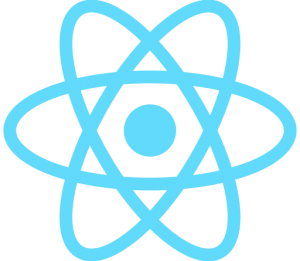
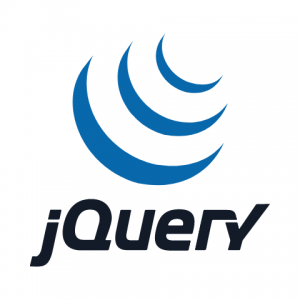
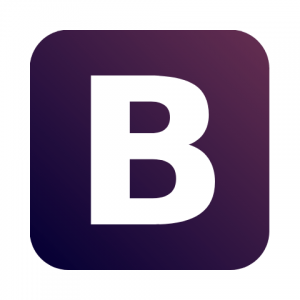
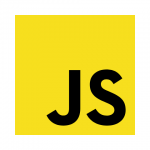
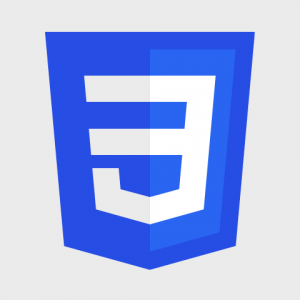
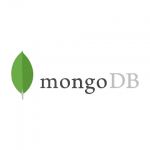
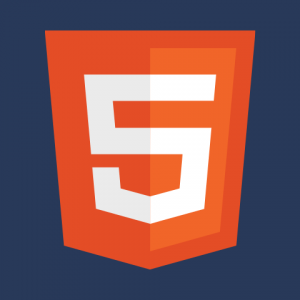
What is Full Stack Development?
Full stack development is a term used to describe a web developer who can work with both front-end and back-end technologies. It is a developer who can work with both the client and server side of a website.
Full Stack Web Developer: A full-stack web developer (or simply “full-stack”) is someone who has experience in both front-end and back-end technologies. In other words, they have knowledge of both sides of the application development process — from its business logic down to its presentation layer.
How To Become A Full Stack Developer?
It’s a difficult path to tread down, but it is one that will be worth it in the end. The market trend shows that full stack developers are the most sought-after developers on platforms like HackerRank, where they have an average salary of $95K and a high demand of 80%.
In order to become a full stack developer, you need to be comfortable working with both frontend and backend technologies. When choosing any of the best full stack combinations, you should also know some basic concepts about client-side programming languages such as HTML5, CSS3, and JavaScript (ES6) as well as server-side programming languages such as PHP or Python. A dedicated full stack developer course can guide you in a particular combination to go ahead with.
The 8 best full stack combinations in 2024
There are a number of frameworks and languages out there that you can use for creating full stack applications. However, some are better suited for certain types of full stack developer jobs than others. The best way to determine which one suits your needs is through experience and research. Below, we’ve listed the top 8 best full stack combinations in 2024:
- MEAN
- MERN
- Django
- Ruby on Rails (ROR)
- Java Spring Boot
LAMP (Linux, Apache/Nginx, MySQL, and PHP)
LAMP, which stands for Linux, Apache/Nginx, MySQL, and PHP is a popular combination of open-source software used to build websites. The LAMP stack has been around since 1995 and is still one of the best full stack combinations.
LAMP stacks are usually used to run dynamic websites that need databases or if you’re building a web application with a backend application in PHP (like WordPress).
MEAN (MongoDB, Express.js, AngularJS, and Node.js)
MEAN is a JavaScript-based web application stack for building applications. It’s an acronym that represents the four major components of this framework: MongoDB, Express, AngularJS, and Node.js.
Let’s first look at what each of these components does in MEAN:
- MongoDB is a document-oriented NoSQL database that provides high availability and horizontal scaling with dynamic schemas.
- Express is a minimalistic web framework for NodeJS that helps you create web applications running on top of NodeJS with ease and speed.
- AngularJS is an open-source JavaScript MVW (Model View Whatever) framework maintained by Google that lets you write HTML as your template language while enhancing it with additional attributes including data binding features such as two-way data binding, directives or filters, etc., making it possible to create powerful user interfaces using just HTML instead of having separate view languages such as JSPs or ASPX pages, etc., which makes your codebase cleaner & less verbose than ever before!
- You can also choose from a variety of templating languages available out there like Mustache templates but I believe most developers prefer writing their templates directly inside .html files because it’s more intuitive & easier too 🙂
MERN (MongoDB, Express.js, React.js, and Node.js)
The MERN stack is a JavaScript-based full stack framework that helps developers to build apps faster and smarter. It’s created by [ReactJS](https://reactjs.org/) and [NodeJS](https://nodejs.org/), but you can use it with nearly any server-side technology, including MongoDB (MongoDB), Express.js (Express), and others.
MERN stands for MongoDB, ExpressJS, ReactJS and Nodejs. The most popular databases are MySQL, Postgresql and MongoDB so let’s say we’ll go with Mongo here as well because it is one of the fastest NoSQL databases out there.
You can also choose to use RESTful API instead of WebSockets (socket-based). In this case, you would need some sort of framework like express to handle requests from your app or mobile device.
Angular + Django + PostgreSQL
Angular, Django, and PostgreSQL offer a robust full stack combination for building complex web applications. Angular is a widely-used front-end framework developed by Google, while Django is a high-level Python web framework known for its simplicity and versatility.
PostgreSQL, an open-source relational database management system, provides a reliable and scalable data storage solution.
This combination is ideal for projects that require a structured and organized approach to development.
Angular provides a powerful front-end framework with a rich set of features, Django offers a clean and efficient back-end framework, and PostgreSQL ensures data integrity and consistency. Together, they enable the creation of secure, scalable, and high-performing web applications.
ASP.NET with ReactJS: A Dynamic Full-Stack Combination
ASP.NET, a robust framework by Microsoft, is a leading choice for full-stack development, enabling the creation of scalable, secure, and high-performance web applications. With features like Model-View-Controller (MVC) architecture, dependency injection, and seamless API integration, ASP.NET simplifies backend development and supports enterprise-grade solutions.
Pairing ASP.NET with ReactJS as the front-end framework creates a modern, powerful development stack. ReactJS, developed by Facebook, is a widely used JavaScript library for building interactive and dynamic user interfaces. Its component-based architecture, virtual DOM for fast updates, and seamless state management make it ideal for developing responsive single-page applications (SPAs).
ASP.NET and ReactJS form a cohesive stack, offering developers the tools to build feature-rich applications with a smooth user experience and robust backend support. This combination suits projects requiring scalability, flexibility, and high performance.
Laravel + Angular + MongoDB
Laravel, Angular, and MongoDB form a full-stack combination that combines the power of a PHP framework, a front-end framework, and a NoSQL database.
Laravel is a popular PHP framework known for its elegant syntax and comprehensive features, Angular is a versatile front-end framework, and MongoDB offers flexibility and scalability for handling complex data structures.
This combination is ideal for projects that require rapid development and flexible data management.
Laravel provides a clean and efficient back-end framework, Angular offers a powerful front-end framework, and MongoDB ensures scalability and performance for storing and retrieving data. Together, they enable the creation of dynamic and feature-rich web applications.
Django stack: JavaScript – Python – Django – MySQL
Django is a high-level Python web framework that encourages rapid development and clean design. It’s free and open-source, and you can use it to build anything from a single page to a large app.
Django uses the Model-View-Controller (MVC) architectural pattern, which means each bit of functionality is separated into its own layer in your code base. Things like database interaction or user authentication are handled through classes called models; the views are responsible for presenting data, and controllers handle links between pages in your application.
Ruby on Rails: JavaScript – Ruby – SQLite – Rails
Ruby on Rails is a web application framework written in Ruby. It is most commonly used with the Ruby programming language.
Rails include everything needed to create database-backed web applications according to the model–view–controller (MVC) pattern, using standard conventions such as Active Record for modelling data, Action Pack for controller and view rendering, and Active Resource for accessing RESTful web services.
All Rails applications are based on MVC architecture (Model-View-Controller), which separates an application into three interconnected parts: models composed of code that represents data; views consisting of code that displays data from models; and controllers responsible for receiving external requests from clients or servers, processing them via business logic, sending their output back to those same clients or servers as responses.
Spring Boot with Spring/Java EE
Spring Boot is a framework that allows you to create web applications using the Java platform. It’s a part of the Spring Framework, which is an open-source project maintained by Pivotal Software.
Spring Boot uses convention over configuration, which means that it lets you skip writing boilerplate code such as setting up your database or adding logging configurations, and instead focuses on what makes sense for your application. In addition to being lightweight and easy to configure, Spring Boot also reduces the amount of time required for developing web applications by providing auto-configuration logic that can be used in conjunction with many other conveniences such as JPA (Java Persistence API), Hibernate ORM (Object Relational Mapping), RESTful services, GORM (Grails Object Relational Mapping) etcetera.
Full Stack Developer Skills
- Full stack developers are expected to have a wide range of skills, from UI/UX design to back-end development.
- A full stack developer should be able to work with both server-side and client-side programming in order to build an all-encompassing solution for their clients.
- The most common languages used by full stack developers include JavaScript (NodeJS), HTML, CSS, and Ruby (RoR). Some may also use Python or Java as well as some other programming languages such as SQL, MongoDB, or MySQL depending on what they specialize in.
Full Stack Developer Salary in India
| Company | Experience Range | Salary |
| TCS | 0-5 Years | 6.3 Lakhs |
| Cognizant | 0-5 Years | 8.5 Lakhs |
| IBM | 0-8 Years | 12.5 Lakhs |
| Infosys | 0-4 Years | 8.9 Lakhs |
| Accenture | 1-5 Years | 9.2 Lakhs |
| Deloitte | 0-7 Years | 12.9 Lakhs |
| Capgemini | 0-6 Years | 6.8 Lakhs |
Full Stack Developer Salary Based On Experience
With experience, you can expect to make a lot of money as a Full Stack Developer.
- The average salary for a Full Stack Developer in India is ₹9.1 Lakhs per year, with a range between ₹1.8 Lakhs to ₹16.6 Lakhs per year.
- The average salary for a Full Stack Developer in India for freshers is ₹3,00,000 per year.
- The average salary of a Full Stack Developer with 5 years of experience in India is ₹12-14 Lakhs per year.
There are many combinations to choose from but some are more popular than others!
- Java & Python: This is a great combination if you want to learn both languages at the same time. Since one language depends on the other, it’s easier for beginners who don’t know much about programming to pick up both at once. The reason this combo is so popular is that it’s easy to learn and has plenty of resources available online.
- Python & JavaScript/Node.js: This one isn’t as popular as the previous two but it still has the advantages that make it worth learning if you have time constraints or are just starting with tech careers in general. In terms of popularity alone, this may seem like a no-brainer choice since Node JS ranks fifth out of all other programming languages by usage right now according to Stack Overflow stats (2019). However, there are many alternatives available so make sure what suits your needs before committing yourself fully to anything else that comes along later on down the line!
Conclusion
In conclusion, mastering the winning full stack combinations is the key to unlocking unstoppable success in 2024 and beyond. By investing time and effort in acquiring the necessary skills and technologies, you’ll position yourself as a versatile and in-demand developer.
The demand for full stack developers is higher than ever, and by becoming proficient in multiple programming languages, frameworks, and databases, you’ll be able to handle all aspects of development and create seamless user experiences.
Full stack development offers unlimited opportunities and career growth, with the ability to work on a variety of projects and command higher salaries.
The future of full stack development looks promising, and by staying updated with the latest trends and technologies, you’ll be well-equipped to excel in this dynamic field. Embrace the full stack revolution and pave your way to unparalleled success in 2024 and beyond!
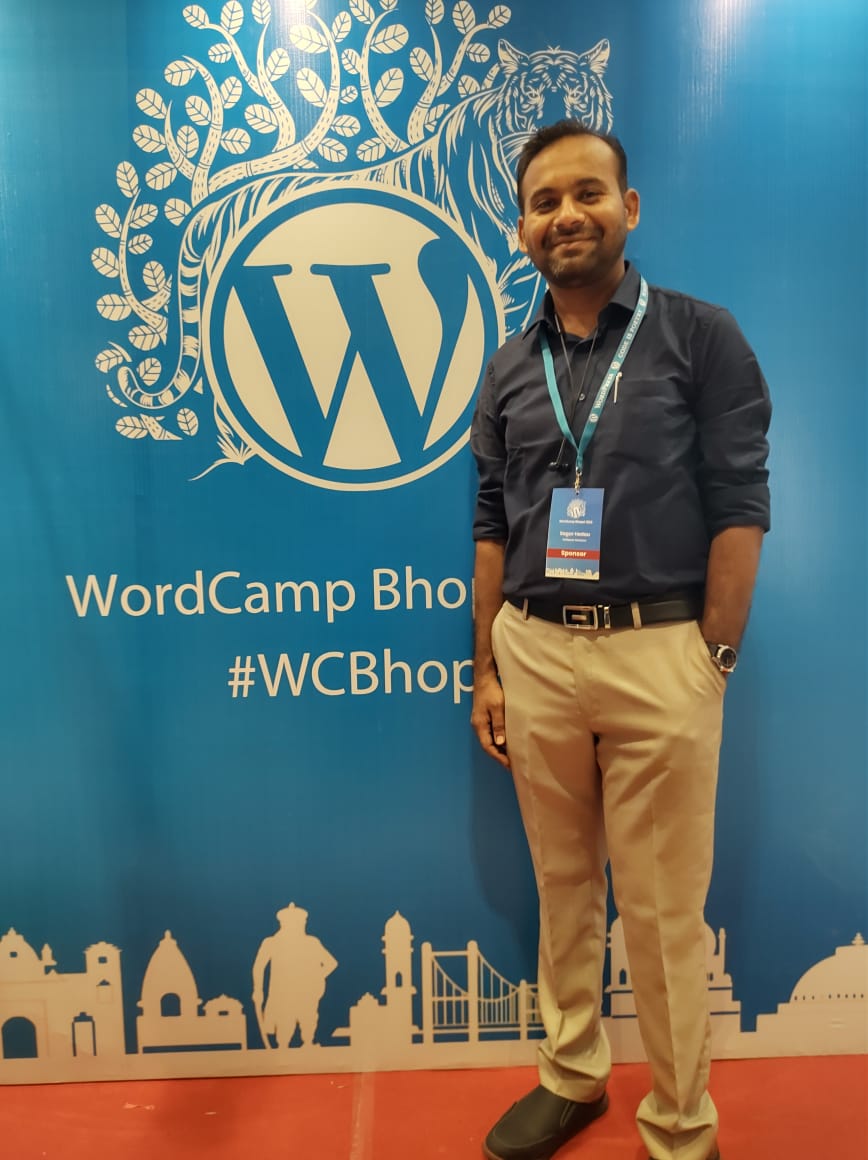
13+ Yrs Experienced Career Counsellor & Skill Development Trainer | Educator | Digital & Content Strategist. Helping freshers and graduates make sound career choices through practical consultation. Guest faculty and Digital Marketing trainer working on building a skill development brand in Softspace Solutions. A passionate writer in core technical topics related to career growth.

